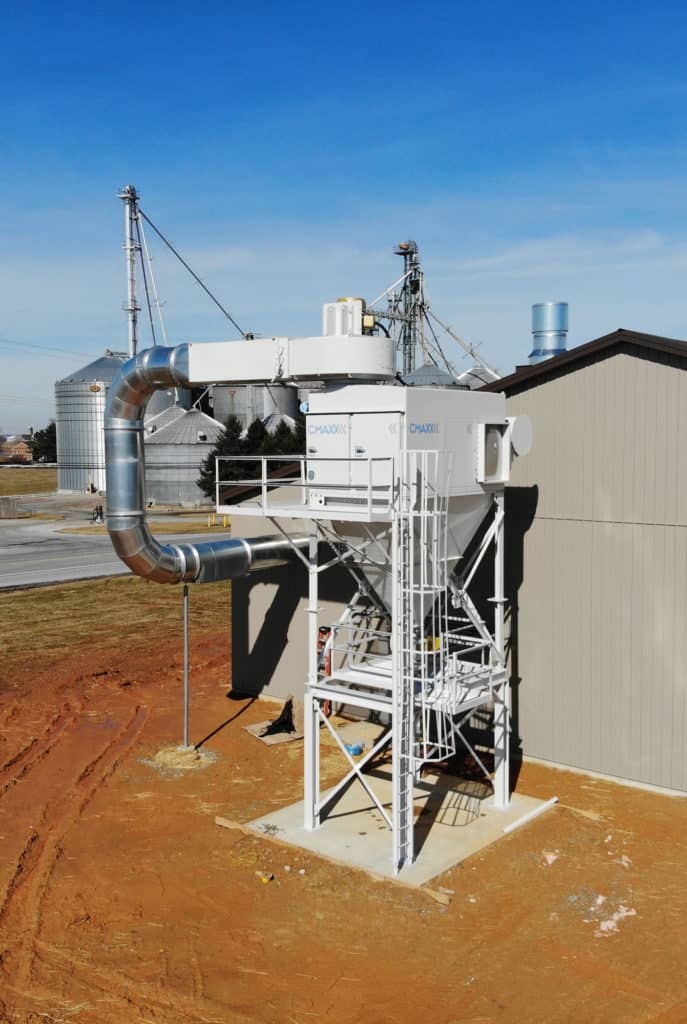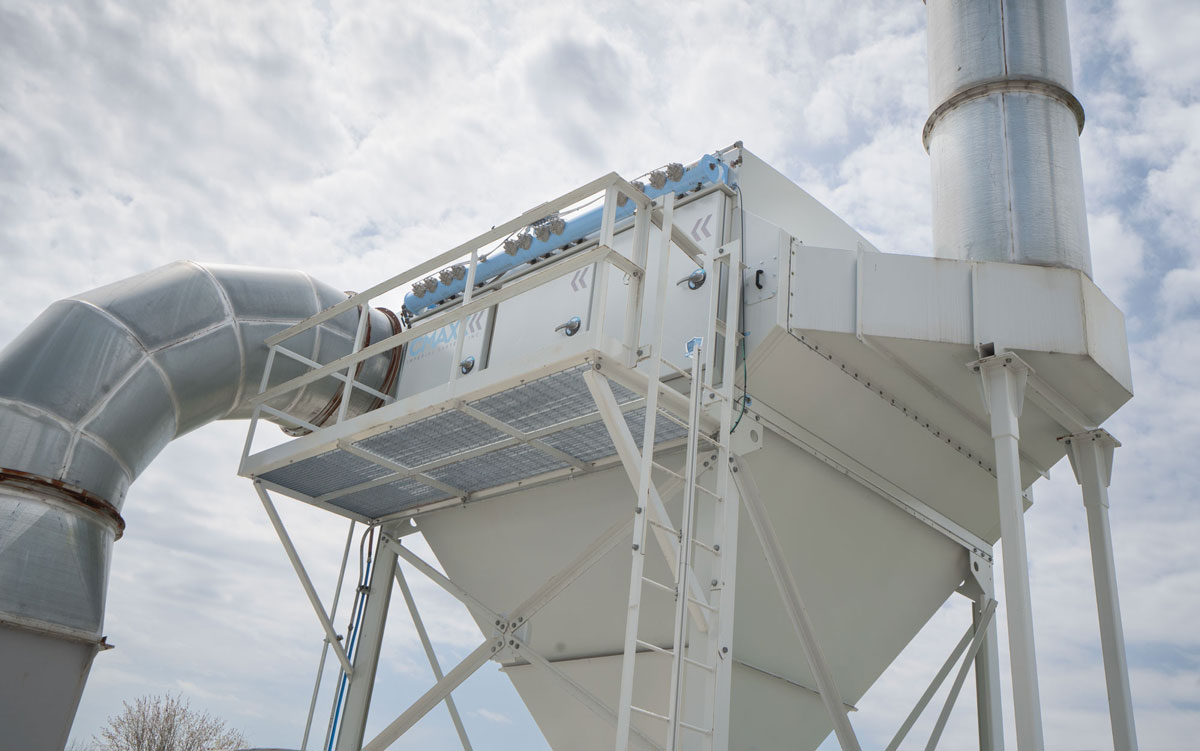Manganese is a common metal, and the human body needs it in very small amounts to stay healthy. However, excessive manganese exposure causes serious neurological problems. This is most likely to happen to welders and other metalworkers. You can find manganese as an alloy in steel and sometimes aluminum. Consequently, welding or cutting these metals can release dangerous amounts of manganese.
Limits are already low on health hazards like beryllium and respirable crystalline silica. Manganese is likely to be one of the next materials to see increased regulation. It’s not the only welding exposure that workers need to be concerned about. But it’s another good reason to manage weld fume exposure.
Where would I find manganese in metalworking?
Modern steel production relies on manganese to remove oxygen and sulfur compounds. Many types of steel include it because as an alloy, it makes steel stronger. This means that welding or cutting fumes from steel are likely to contain manganese. In addition, welding manganese exposure can come from manganese contained in welding rods.
Manganese is also used as an alloy with aluminum, where it protects from corrosion. This is not a major source of exposure for metalworkers in general, though. This type of aluminum alloy is popular for food and beverage containers.
What are the limits on manganese exposure?
OSHA’s limit on manganese exposure is 5mg/m3 over an eight-hour workday. NIOSH, the research branch of OSHA, has looked at recent studies. As a result, they recommended a limit of no more than 1mg/m3 over the same period of time.
One research study in 2016 found that over many years of working as a welder, manganese could cause serious neurological symptoms. This is true for exposure levels as low as mg/m3 . The study also found that higher levels of welding exposure to manganese caused more symptoms.
This research shows that just following OSHA regulations may not be enough to prevent manganese exposure symptoms from metalworking.
What are some manganese exposure symptoms?
Manganism is the most severe symptom. This condition of manganese exposure looks like Parkinson’s disease. Specifically, one experiences tremors, balance problems, weakness, and problems with muscle control. Following current OSHA standards, exposure should not be high enough to cause this condition.
However, many researchers find that even at exposure levels much lower than OSHA standards, welders still develop symptoms. Said researchers include the Washington University School of Medicine. These manganese exposure symptoms include muscle stiffness in arms and legs and problems with balance and coordination.
Symptoms take time to appear and usually happen after years of exposure. Although, one could attribute them to just getting old. For this reason, research is needed to show that manganese exposure could cause them.
NIOSH reviewed research on occupational health hazards, leading to a recommendation of lowering the exposure limit. Their findings indicate that welders develop these symptoms faster and more severely than non-welders. Most importantly, even at levels much lower than OSHA standards.
How do you control metalworker exposure to manganese? 
Fumes from welding and cutting metal are hazardous to breathe. Manganese exposure is just one concern. However, because it can cause neurological damage at very low levels, it’s an important issue.
Manage exposure to weld fumes with a well-designed dust and fume collection system. One solution is to use hoods, fume arms, or downdraft tables. These are all types of source capture, and they clear the air around the welder’s breathing space.
Many laser or plasma cutting tables are also downdraft tables and pull fumes down and into the dust and fume collection system.
Fumes can escape from welding stations or cutting tables. An ambient system can filter all the air in the workplace to remove these escaped fumes. As a result, the haze of smoke that some facilities have in the work area is eliminated.
To prevent welders and other metalworkers’ exposure to manganese and other hazardous fumes, contact Imperial Systems. You can also visit the product page to learn more about the CMAXX dust and fume collector.


